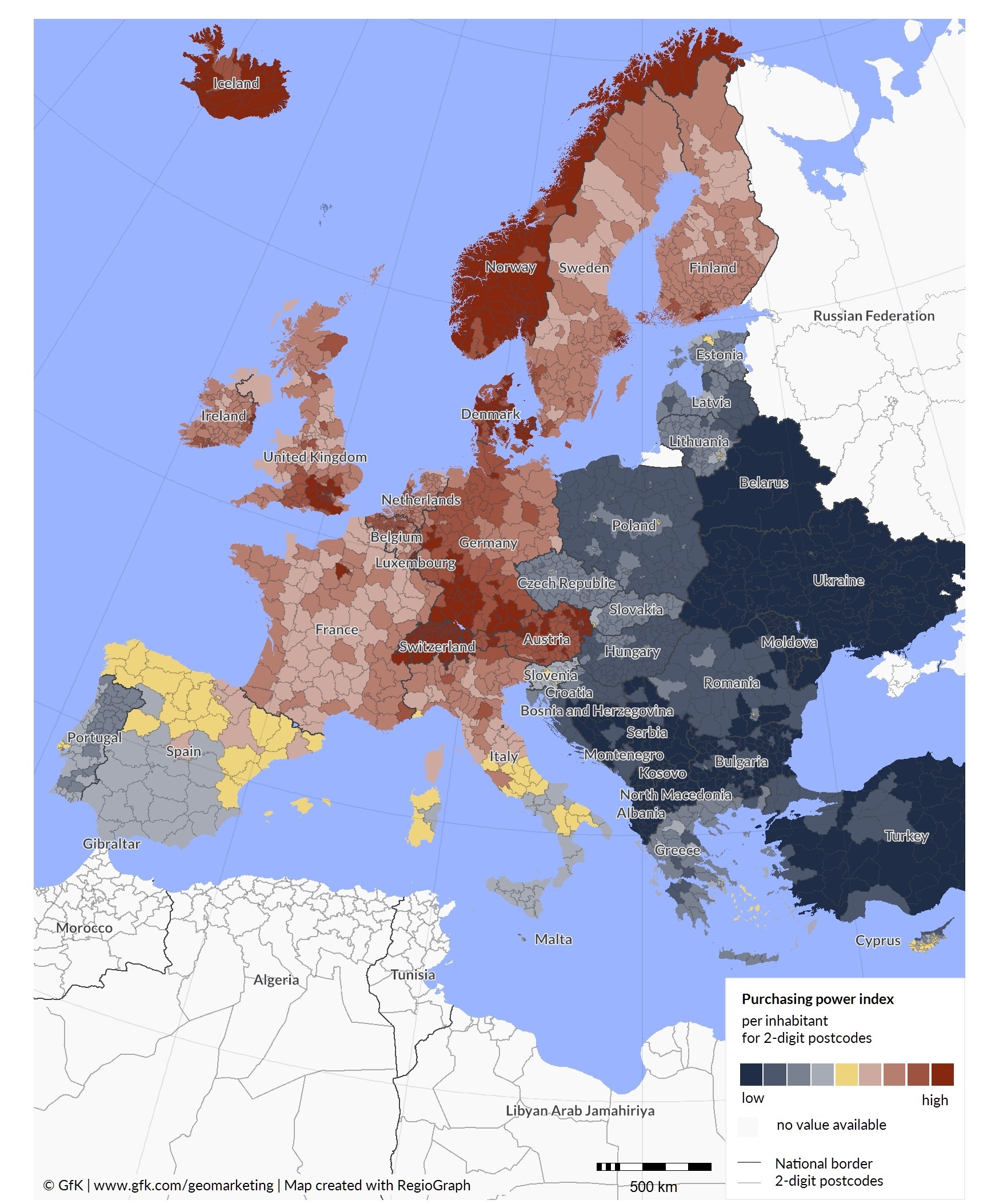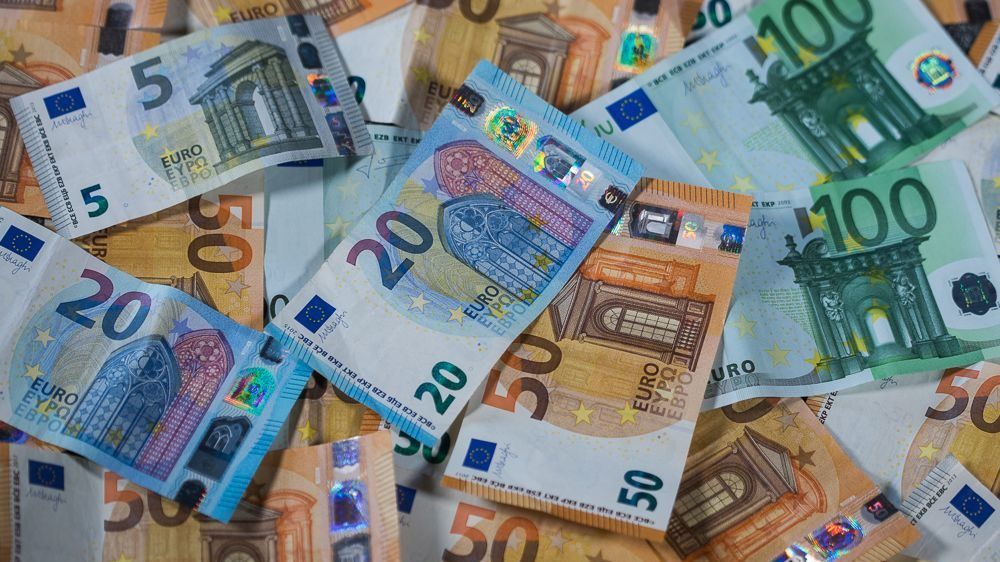Europeans have registered an average per capita purchasing power of EUR 13,894 for 2020, a 5.3 percent decline compared to last year. This decrease is attributed mainly to the spread of COVID-19 and its resulting economic impact. However, purchasing power among the 42 countries studied varies significantly. According to the newly released “GfK Purchasing Power Europe 2020” study, while this indicator is EUR 5,611 in Romania, it is EUR 64,240 in Liechtenstein. There is also an especially large gap between rich and poor within Romania itself, with the country’s three Szekler counties below the national average.

In first place is Lichtenstein with EUR 64,240 of average purchasing power, followed by Switzerland with EUR 41,998 and Luxembourg with EUR 34,119; in last place is Ukraine with only EUR 1,703, meaning that Liechtensteiners have nearly 38 times (!) the average disposable income of Ukrainians.
Romania is 31st in the European rankings, just below Hungary (30th place with EUR 6,871). With an average per capita purchasing power of EUR 5,611, Romania is around 60 percent below the European average.
Moreover, Romania (like Poland) also has a very big gap between rich and poor. The capital city of Bucharest leads the rankings by a significant margin with EUR 10,173 per capita available for spending and savings, which is more than 81 percent above the national average. The people of Bucharest have more than three times the purchasing power of the inhabitants of the least affluent county, Vaslui, where the disposable net income is just EUR 3,374.
In Romania, besides the capital, Kolozs (Cluj), Szeben (Sibiu), Brassó (Brașov) and Temes (Timiș) counties have the highest purchasing power per capita, reaching at least 120 percent of the country’s average. Slightly above the country’s average are Arad, Argeș, Prahova, Fehér (Alba), Hunyad (Hunedoara) and Constanța counties. On the other hand, Romania’s three Szekler counties finished below the average. The purchasing power per capita in Maros (Mureș) County is 88-96 percent of the country’s average, while in Hargita (Harghita) and Kovászna (Covasna) counties, it is only 80-88 percent.

Quality of life in Szeklerland is slightly better than statistics show due to support from Hungary
Economist Árpád Szabó told szekelyhon.ro that the disposable income in Marosvásárhely (Târgu Mureș) does almost reach the country’s average, but considering the chief town of the county used to be among the top-five strongest towns in Romania, this result is a step back.
He also explained that although less support and investment come to Szeklerland from the Romanian capital of Bucharest (as could be expected), quite a lot comes to the area from Hungary. However, this support arrives in the form of scholarships or aid, so it does not appear in the statistics as disposable income. But these amounts do exist, meaning that the inhabitants of Szeklerland have a slightly better quality of life than shown by the statistics in the GfK study.